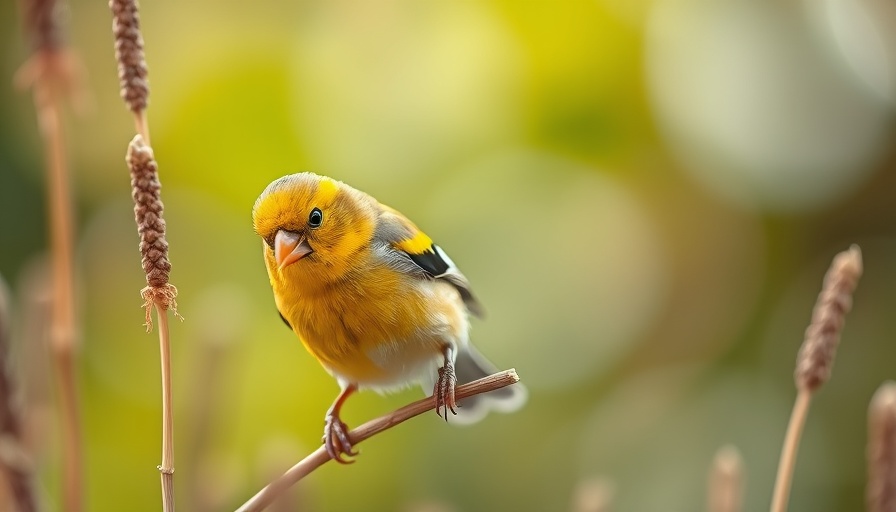
Understanding Hummingbirds' Migration Patterns in New Mexico
Spring graces New Mexico with a fascinating array of hummingbirds, including the Ruby-throated, Broad-tailed, Black-chinned, and Rufous Hummingbirds. The picturesque landscape, replete with deserts, canyons, and mountain meadows, creates an optimal environment for these migratory birds. Bird lovers eagerly anticipate their arrival each year, as these tiny fliers bring vibrant life to backyards across the state.
Migration Overview: When Do Hummingbirds Depart?
Typically, hummingbirds begin to arrive in New Mexico around April, heralding the start of their nesting cycle. By mid-to-late July, the first departures commence, primarily involving male adults who venture south initially. Females and juveniles usually follow in August and September, with many hummingbirds having left by October. These patterns make late summer an exciting time for birdwatchers looking to witness the migration before the chill of winter sets in.
What Triggers Their Departure?
As temperatures drop and days grow shorter, hummingbirds receive undeniable signals prompting them to migrate. Even with feeders filled to capacity, colder evenings and dwindling food sources compel these resilient birds to maintain their instinctual timelines for migration toward Mexico and Central America. Their natural clock is tightly aligned with environmental changes, ensuring they reach more hospitable climates ahead of winter's arrival.
Best Practices for Bird Lovers: When to Take Down Feeders
For those dedicated to welcoming these feathered visitors, the question often arises: when should hummingbird feeders be taken down? A best practice is to leave feeders up for at least two weeks after your last hummer sighting. This provides an essential fueling station for stragglers, such as late migrant Rufous Hummingbirds, allowing them to gain strength before heading south. However, it's essential to recognize that having feeders out will not dissuade birds from their migration journey.
Why Understanding Their Migration Matters
Understanding the migration cycles of hummingbirds is crucial for enthusiast birders and casual observers alike. It not only enhances the birdwatching experience but also supports conservation efforts by ensuring feeding stations are well maintained during critical migration windows. Hummingbirds have become emblematic of New Mexico’s rich biodiversity, reminding us of the importance of caring for our ecological landscape.
Whether you're a seasoned birdwatcher or simply looking to engage with these incredible creatures, knowing when they leave is vital. Take the time to observe their patterns, and relish the fleeting beauty that these stunning birds bring to our lives each spring and summer.
 Add Row
Add Row  Add
Add 




Write A Comment